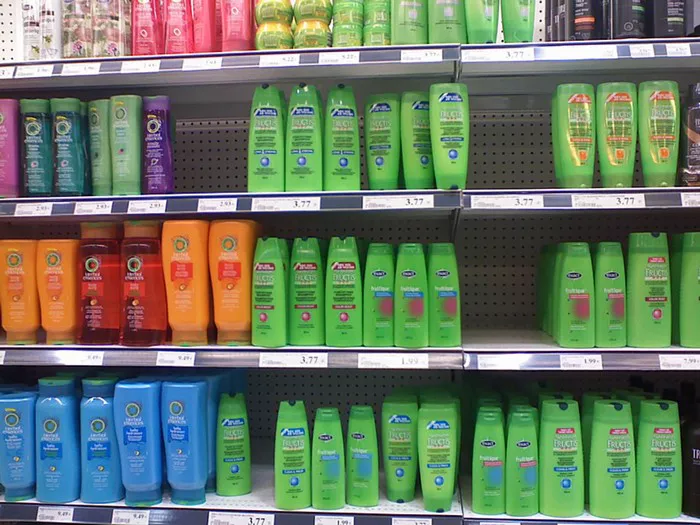As the temperature drops and leaves change, our wardrobes, daily routines, and Starbucks orders evolve. Just as the skin often becomes dry and cracked in cold weather, our hair can also suffer during seasonal transitions, manifesting symptoms like dryness, breakage, and brittleness. We consulted three hairstylists and a certified trichologist to provide insights into caring for your hair during extreme temperature shifts.
How Seasonal Transitions Affect Your Hair and Scalp
Shayna Simone, a certified trichologist, notes that seasonal hair loss typically occurs during the late summer to early fall when temperatures change dramatically after months of heat. This change in weather can stress the scalp and hair follicles, leading to increased hair loss. It’s important to distinguish this from normal daily shedding, which averages around 100 hairs a day. Additionally, as temperatures drop, hair can become dry and lackluster, with ends splitting and a wispy appearance.
Effect of Seasonal Changes on Different Hair Types
Every hair type responds differently to seasonal changes, largely influenced by humidity. Thick, coarse, curly hair tends to expand and frizz in high humidity, making it harder to manage. Conversely, straight or fine hair may become limp and flat in high humidity, while dry, colder weather can lead to static in straight, fine hair.
Signs of Unhealthy Hair and Remedies
Unhealthy hair exhibits dryness, dullness, breakage, and reduced elasticity. One effective remedy is a haircut to eliminate split ends and breakage. Damaged hair cannot be repaired, so trimming it is the best solution.
Products for Hair Health During Transitional Periods
Starting with the right shampoo and conditioner is crucial for maintaining healthy hair, providing a solid foundation. If you have color-treated hair, opt for a shampoo and conditioner specifically formulated for colored hair. A hydrating shampoo and conditioner combo can prevent dryness during colder months.
For those who highlight their hair, it’s important to take extra precautions to avoid damage. Use heat protectant products and moisturizing hair conditioning masks to maintain healthy hair.
Ingredients to Avoid During Transition Seasons
High ammonia and alcohol content in hair products can be extremely drying, making them ingredients to steer clear of. Additionally, some hairsprays, shampoos, and hair oils contain sulfate, which, while useful in moderation for removing grime and oils, can lead to dryness when used excessively.
Recommended Hair Care Products for Transitional Weather
a. Monday Moisture Shampoo: This brand offers a straightforward approach to hair care, using ingredients like hydrolyzed rice protein for moisture and shea butter for nourishment. Consider pairing the shampoo with the matching conditioner for damaged and dehydrated hair.
b. Native Vegan Deep Conditioner Hair Mask: An affordable choice with ingredients like almond and shea butter to soothe and condition hair and scalp. Deep conditioning treatments can help repair damage caused by harsh weather, recommended once a month.
c. Sun Bum Scalp and Hair Mist: This scalp and hair mist provides SPF 30 protection and is free of parabens and sulfates. Protecting your hair from the sun’s rays is important year-round, especially in snowy climates where moisture is a priority due to reduced sun exposure.
Caring for your hair during seasonal transitions is essential to keep it healthy and vibrant as you embrace the changing weather.


